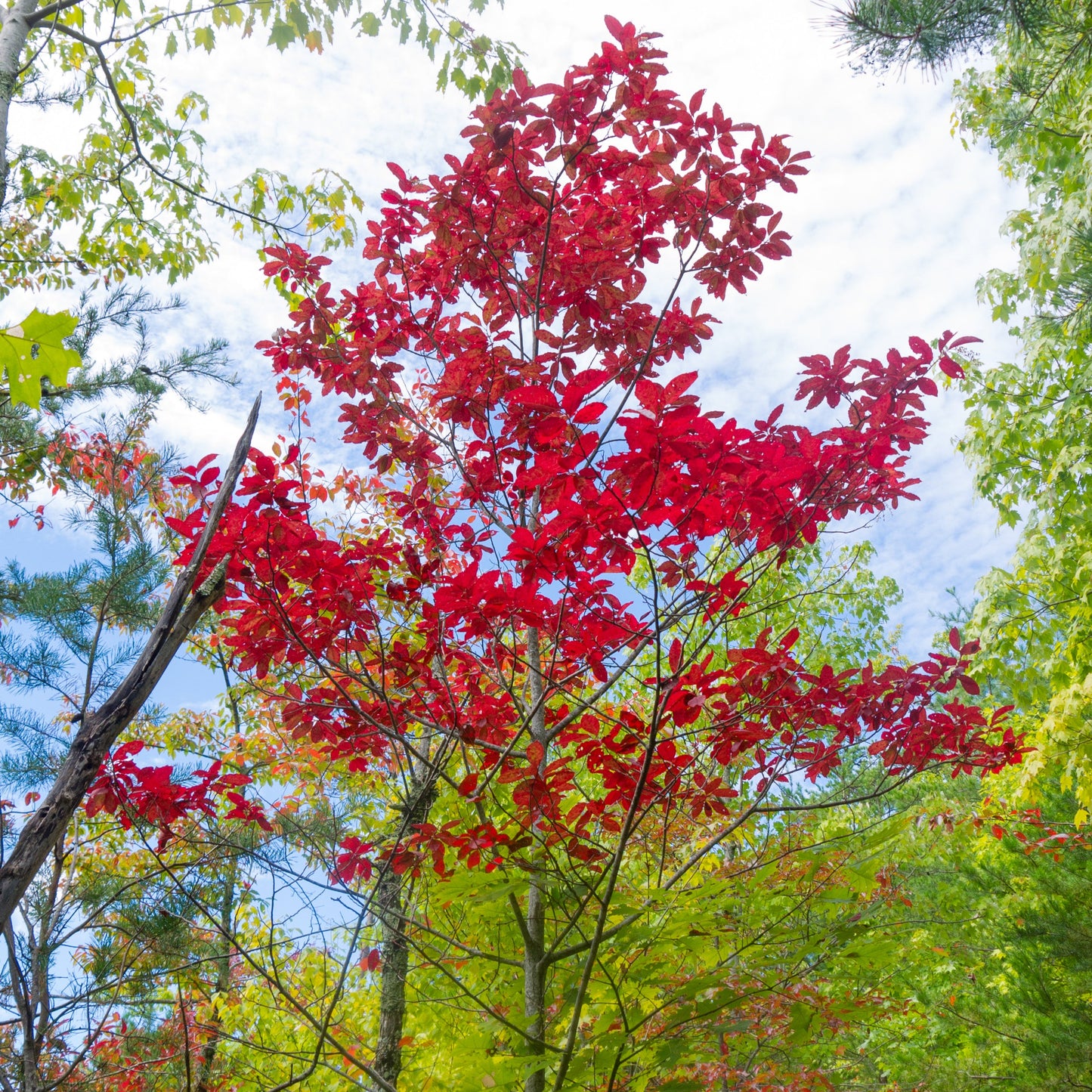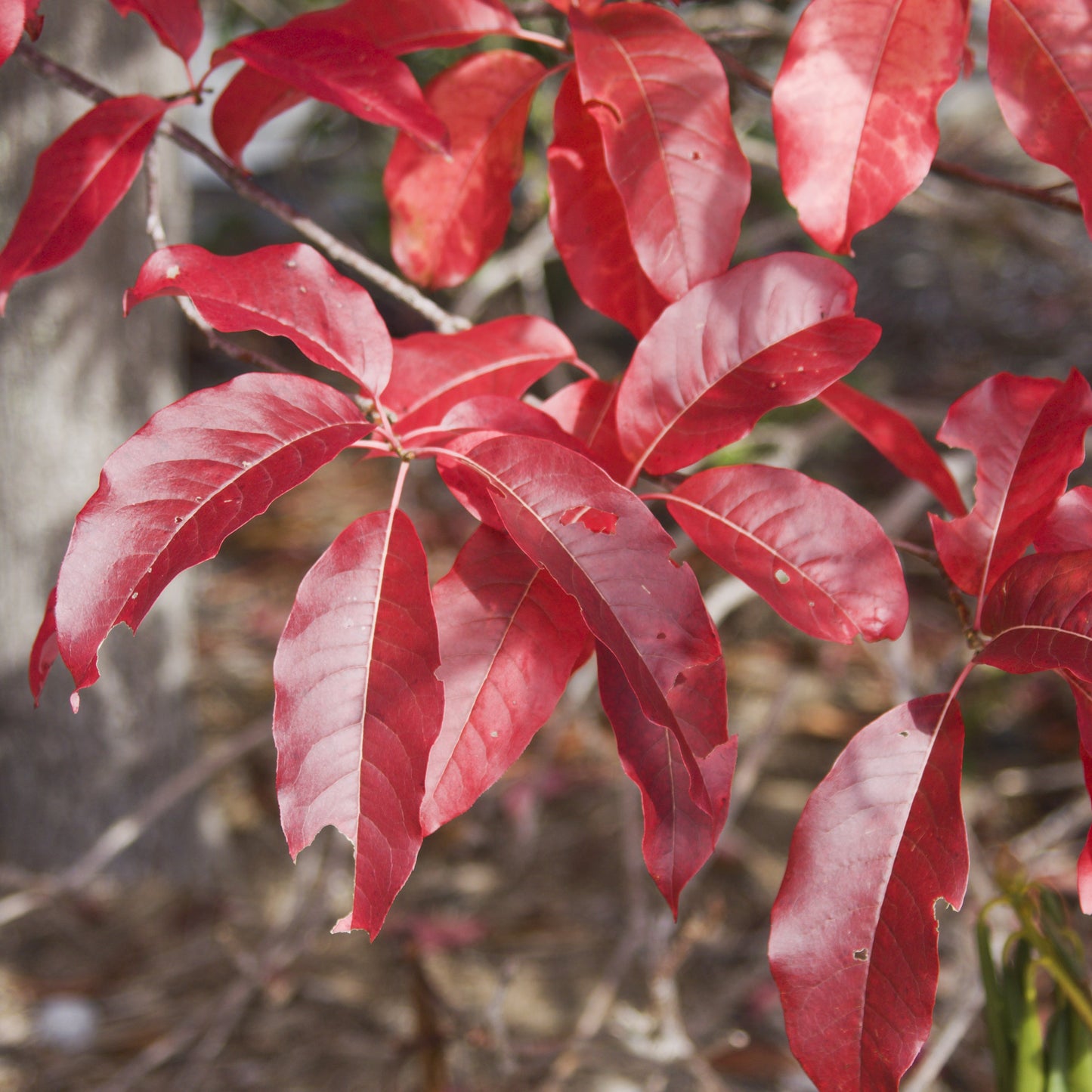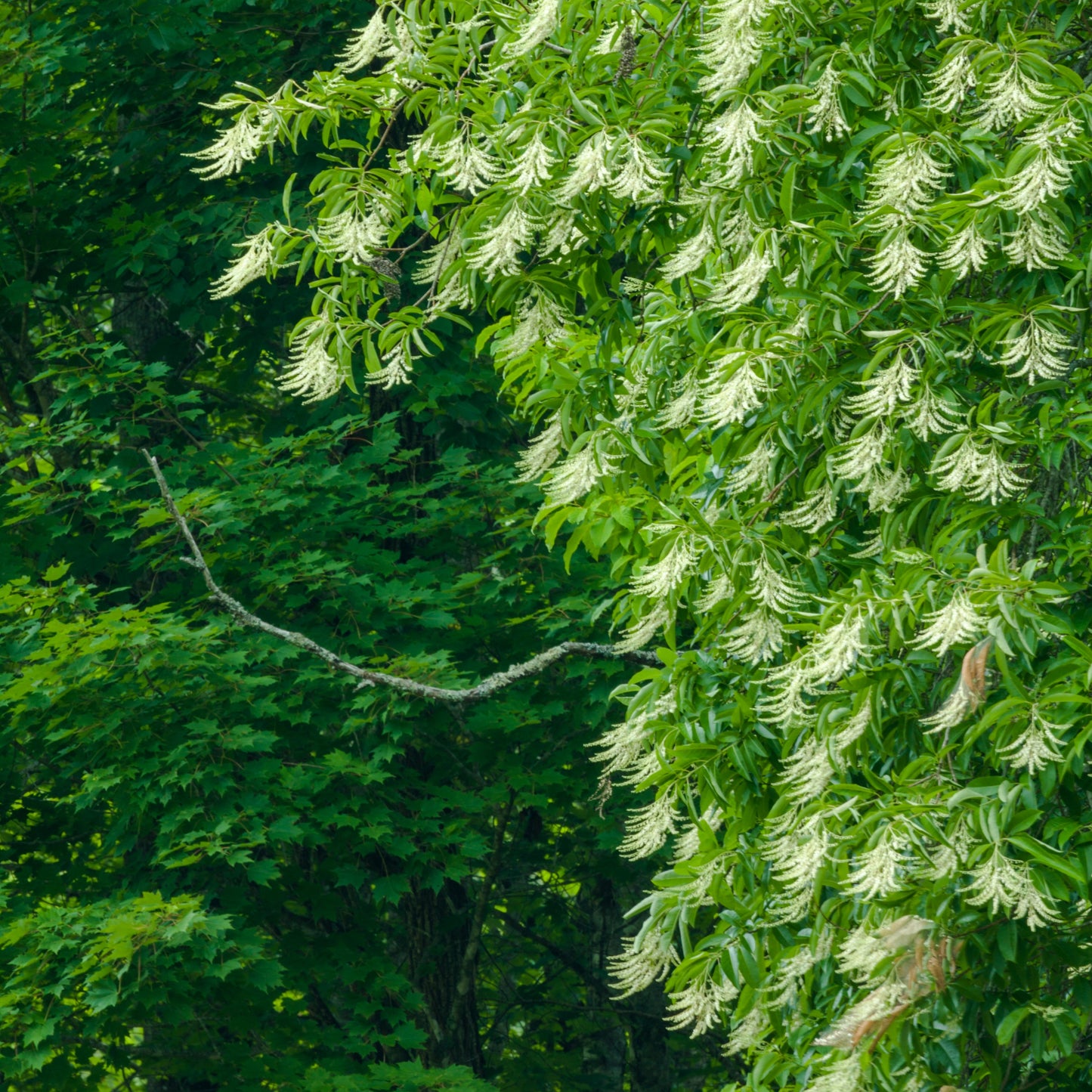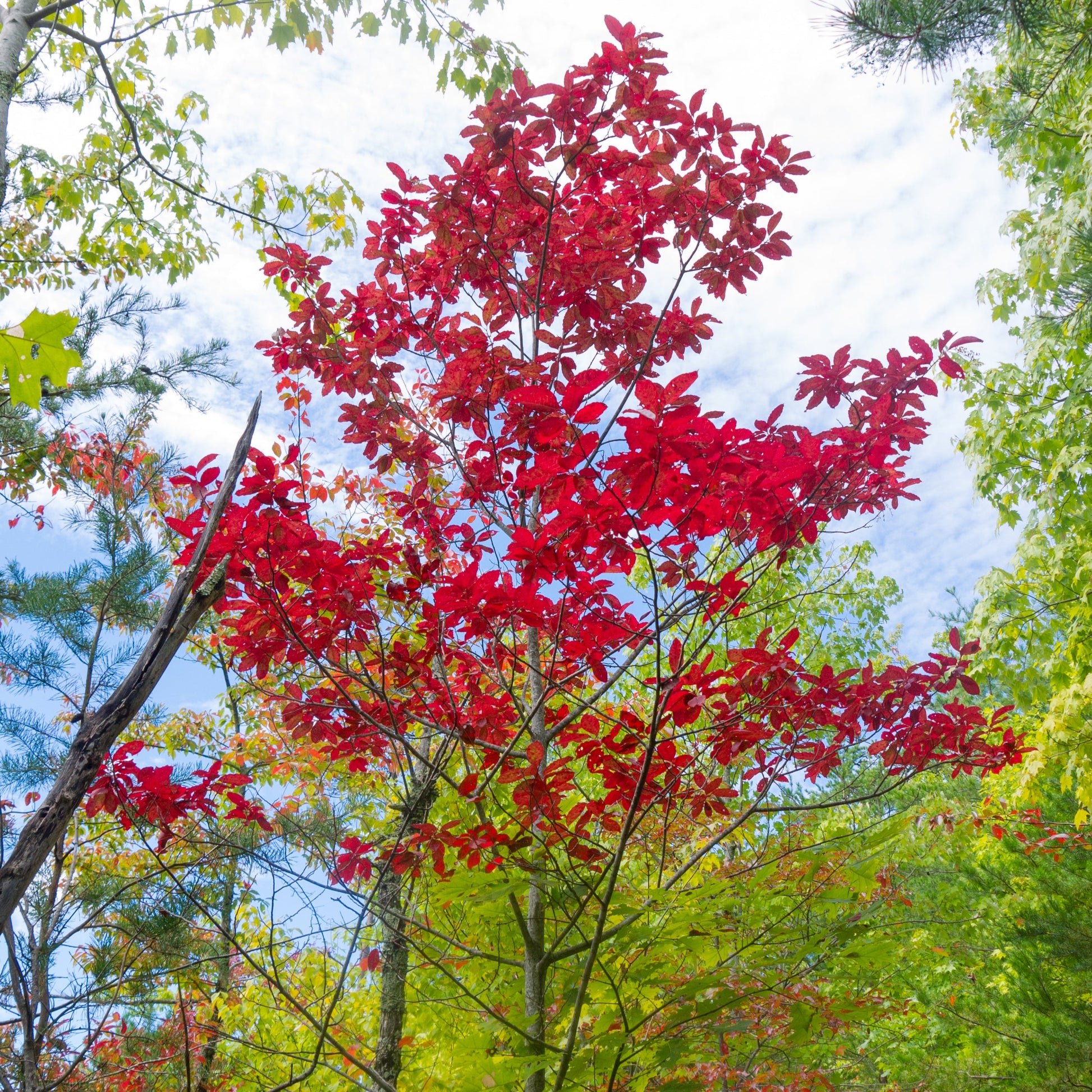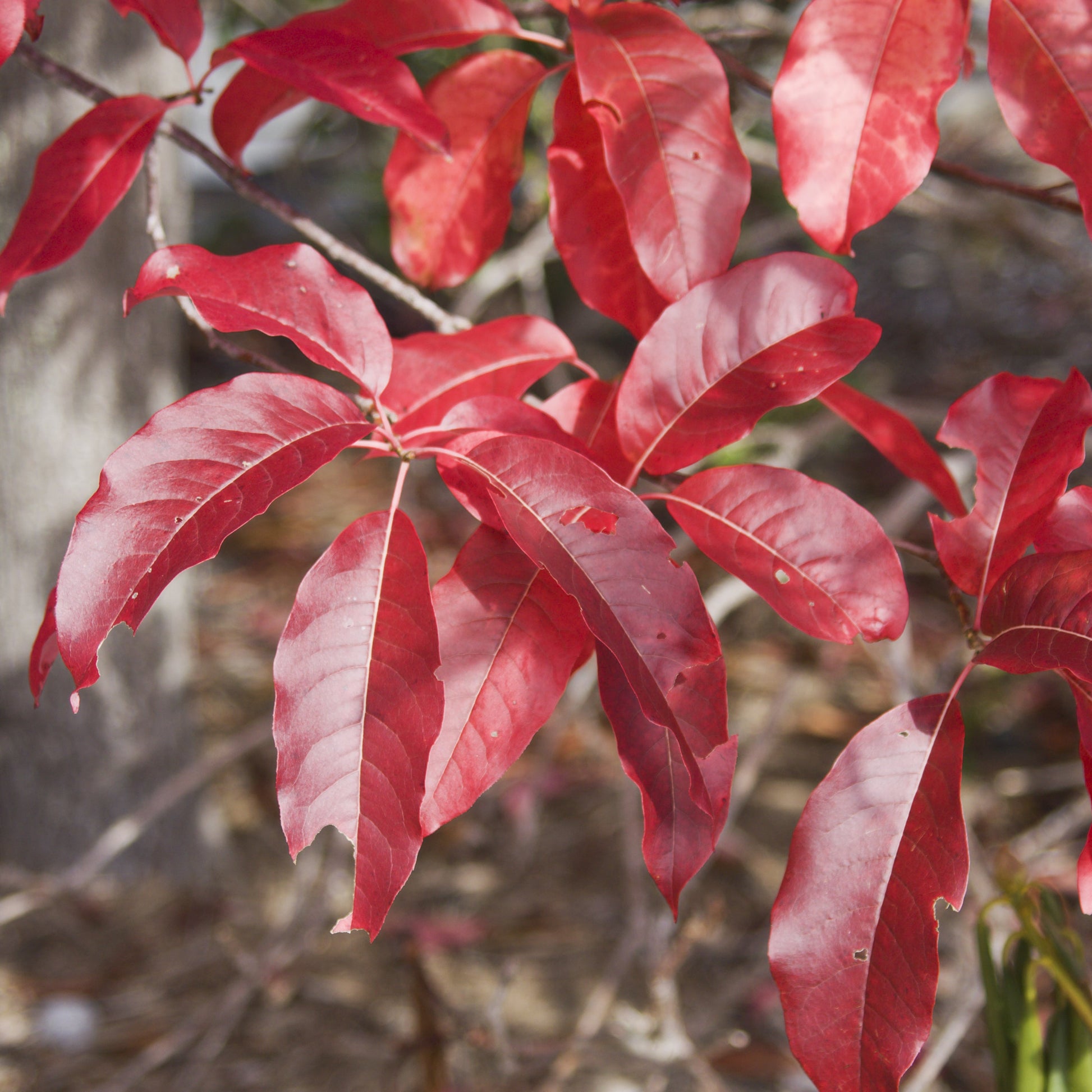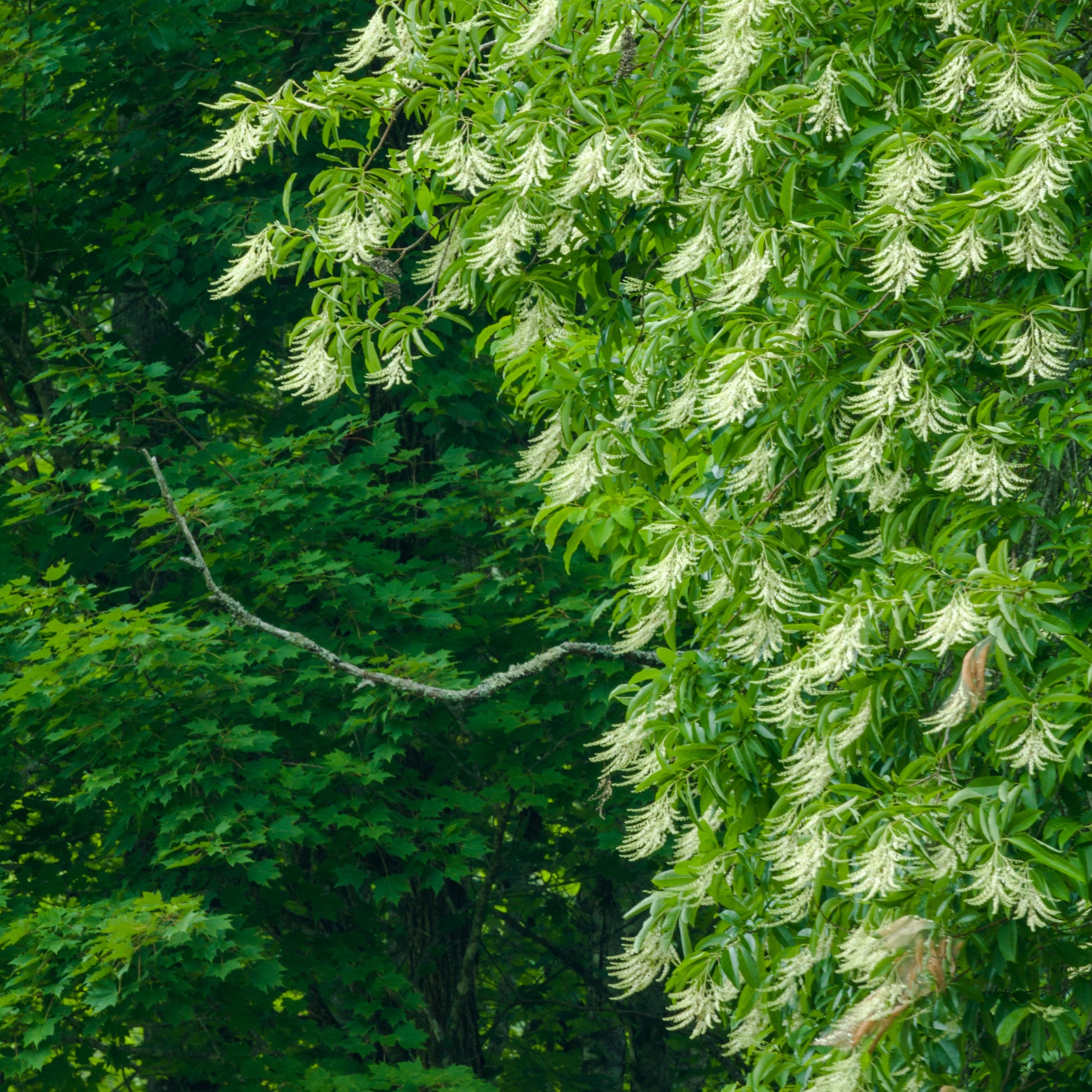Limited Quantities - Reserve Now For Fall
Sourwood Tree
Sourwood Tree
Couldn't load pickup availability
Oxydendrum arboreum
The Sourwood Tree is a beautiful, slow-growing deciduous tree known for its fragrant summer blooms, vibrant red fall foliage, and unique cascading flowers. Native to the eastern United States, this ornamental tree is highly valued for its striking seasonal beauty and nectar-rich flowers, which are a favorite of bees for producing the famous sourwood honey. With its strong adaptability to acidic soils and drought tolerance, the Sourwood is an excellent choice for adding color and elegance to landscapes.
Sourwood Tree
| Attribute | Details |
|---|---|
| Variety | Rooted |
| Botanical Name | Oxydendrum arboreum |
| Common Names | Sourwood, Sorrel Tree, Lily-of-the-Valley Tree |
| Mature Height | 20-30 feet (up to 50 feet in ideal conditions) |
| Mature Width | 15-25 feet |
| Growth Rate | Slow to Moderate (1-2 feet per year) |
| Lifespan | 100+ years |
| USDA Hardiness Zones | 5-9 |
| Sun Preference | Full sun to partial shade |
| Soil Type | Well-drained, acidic, loamy, sandy soils |
| Soil pH | Acidic (4.5-6.0) |
| Water Needs | Moderate; drought-tolerant once established |
| Flowering Season | Late spring to early summer (June-July) |
| Flower Color | White, fragrant bell-shaped clusters |
| Fall Foliage | Brilliant red, orange, and purple |
| Wildlife Attraction | Bees, butterflies, birds |
| Growth Habit | Upright with a pyramidal, irregular crown |
| Self-Pollinating? | Yes |
| Landscape Uses | Specimen tree, ornamental planting, pollinator gardens, fall color display |
| Maintenance Level | Low |
Environmental Benefits
🐝 Pollinator Haven – Produces nectar-rich flowers that attract bees and butterflies, supporting pollinator populations and honey production.
🌳 Soil Improvement & Erosion Control – Thrives in acidic, well-drained soils, helping to stabilize landscapes and prevent erosion.
🍂 Seasonal Interest – Offers fragrant summer flowers, brilliant red fall foliage, and year-round ornamental appeal.
💨 Air Purification & Carbon Absorption – Absorbs carbon dioxide and pollutants, contributing to cleaner air.
Pros & Cons
| Pros | Cons |
|---|---|
| Stunning fall foliage in vibrant red and orange hues | Slow-growing, requiring patience for full maturity |
| Fragrant, cascading summer flowers attract pollinators | Requires acidic soil, may struggle in alkaline conditions |
| Low maintenance and resistant to most pests and diseases | Can be challenging to transplant due to a deep taproot |
| Great for pollinator gardens and honey production | Needs consistent watering during establishment |
| Tolerates drought once established | Prefers full sun for best flowering and fall color |
Planting & Care Guide
- Spacing: Plant 15-25 feet apart for full canopy development
- Soaking: Soak bare root in water for 6-12 hours before planting
- Planting Depth: Dig a hole twice the width of the root system, ensuring roots are level with the soil surface
- Mulching: Apply a 2-3 inch layer of mulch to retain moisture and suppress weeds
- Pruning: Minimal pruning required; remove dead branches in late winter or early spring
- Fertilization: Use a slow-release, acidic fertilizer in early spring to promote healthy growth
- Watering: Water regularly during the first year, then reduce as the tree matures
The Sourwood Tree is an exceptional ornamental tree that provides beauty, ecological benefits, and seasonal interest with minimal maintenance. Whether used as a specimen tree, in pollinator gardens, or as part of a fall foliage display, this resilient and long-lived native tree is a valuable addition to any landscape.
Share
